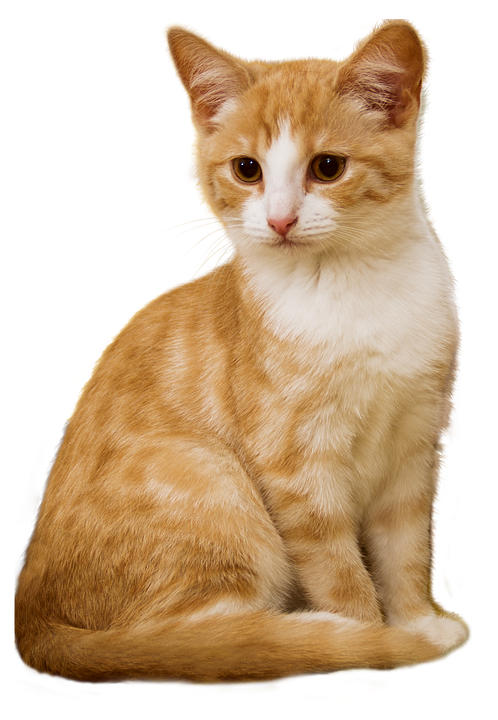Cats are natural hunters, and their play behavior often mimics their instinctual hunting behavior. Understanding this play hunting behavior is crucial for cat owners to provide appropriate stimulation and meet their feline companion’s needs. Toys play a significant role in satisfying a cat’s hunting instincts while promoting exercise and mental stimulation. In this article, we will delve into the fascinating world of play hunting behavior in cats and the importance of toys in this regard.
The Instinctual Drive to Hunt:
The predatory instinct in cats is ingrained in their DNA. Even domesticated cats retain this instinct and exhibit hunting behaviors. Understanding this instinctual drive to hunt is essential for cat owners to provide an environment that meets their cat’s natural needs. Play hunting behavior allows cats to exercise their hunting skills and channels their energy in a positive way. It also provides mental stimulation and prevents boredom, which can lead to behavioral issues.
Understanding Play Hunting Behavior:
Play hunting behavior in cats can be divided into different types. Stalking and pouncing are common behaviors where cats crouch low, fixate on a target, and then pounce to capture it. Chasing and capturing involve chasing after moving objects and capturing them with their paws. Batting and swatting behaviors mimic the final stages of hunting, with cats playfully batting at objects or swatting them with their paws. Understanding these behaviors helps cat owners choose the right toys to engage their cats in play hunting activities.
Play hunting behavior is not just a form of entertainment for cats; it plays a crucial role in their overall development. Through play hunting, cats learn important skills such as coordination, balance, and agility. It also helps them release excess energy and reduces stress and anxiety. Engaging in play hunting behavior satisfies a cat’s natural instincts and promotes a healthy and well-adjusted lifestyle.
Choosing the Right Toys for Play Hunting:
Toys that mimic prey are ideal for satisfying a cat’s play hunting behavior. Interactive toys such as wands with feathers or strings allow cat owners to engage in interactive play sessions with their feline companions. These toys simulate the movements of prey and encourage stalking, pouncing, and capturing behaviors. Remote-controlled toys that move unpredictably can also stimulate a cat’s natural hunting instincts.
Puzzle toys and treat dispensers are another great option for play hunting. These toys require cats to use their problem-solving skills to access treats or toys hidden within. This engages their mental abilities and provides a different type of play hunting experience.
It is important to regularly rotate toys to maintain a cat’s interest. Cats can quickly lose interest in toys that they are constantly exposed to. By introducing new toys or rotating existing ones, cat owners can keep their feline companions engaged and ensure continued stimulation.
FAQs about Play Hunting Behavior and Toys:
1. Why is it important to encourage play hunting behavior in cats?
Encouraging play hunting behavior in cats allows them to exercise their natural instincts, provides mental stimulation, and helps prevent behavioral issues.
2. How can I determine my cat’s preferred play hunting style?
Observe your cat’s behavior during play sessions. Notice if they prefer stalking and pouncing, chasing and capturing, or batting and swatting. Provide toys that cater to their preferred style.
3. Are there any safety considerations when using toys for play hunting?
Always ensure that toys are safe for your cat to play with. Avoid toys with small parts that can be swallowed and regularly check for any damage or wear and tear.
4. Can play hunting behavior help reduce behavioral issues in cats?
Engaging in play hunting behavior allows cats to release excess energy and reduces stress and anxiety, which can help prevent or reduce behavioral issues.
5. What should I do if my cat loses interest in their toys?
Rotate toys regularly and introduce new toys to keep your cat engaged. Consider trying different types of toys or interactive play sessions with their favorite toys.
Conclusion:
Understanding and catering to a cat’s play hunting behavior is vital for their overall well-being. By providing appropriate toys that mimic their instinctual hunting behaviors, cat owners can keep their feline companions physically and mentally stimulated, reducing the risk of behavioral issues. Remember to observe your cat’s preferences, rotate toys regularly, and always prioritize their safety. Embrace the natural hunter within your cat and unleash their playful instincts with the right toys!








